We greatly underestimate the power of the mind when it comes to learning how to draw. Typically, we simply follow step-by-step tutorials or copy drawings in the hope of making rapid progress. However, clearly, the results are never up to our expectations.
As beginners in drawing, we make a lot of mistakes without realizing it, whether it’s in our approach to drawing or in our mindset.
We will shed light on the 5 main mistakes that can be real obstacles to our progress, and how to correct them to no longer feel stuck!
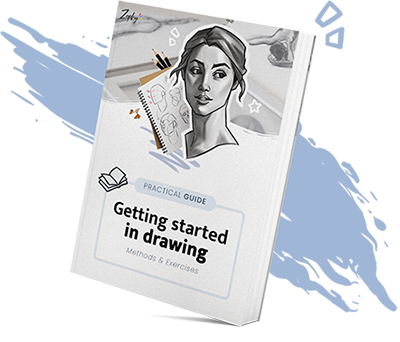
Discover our free guide to start drawing easily. You will learn practical methods and exercises to put into practice right away.
Mistake #1: You haven't defined your reason for drawing
We don’t take the time to reflect on the reasons why we draw, as we don’t see how it impacts our progress. However, this step is crucial to avoid discouragement and have a direction to follow.
Finding our “why” is the foundation of our learning process. It allows us to set clear goals and give ourselves a purpose to achieve.
Motivation can fluctuate like a mood, but the reason why we draw remains constant and serves as a guide for our progress.
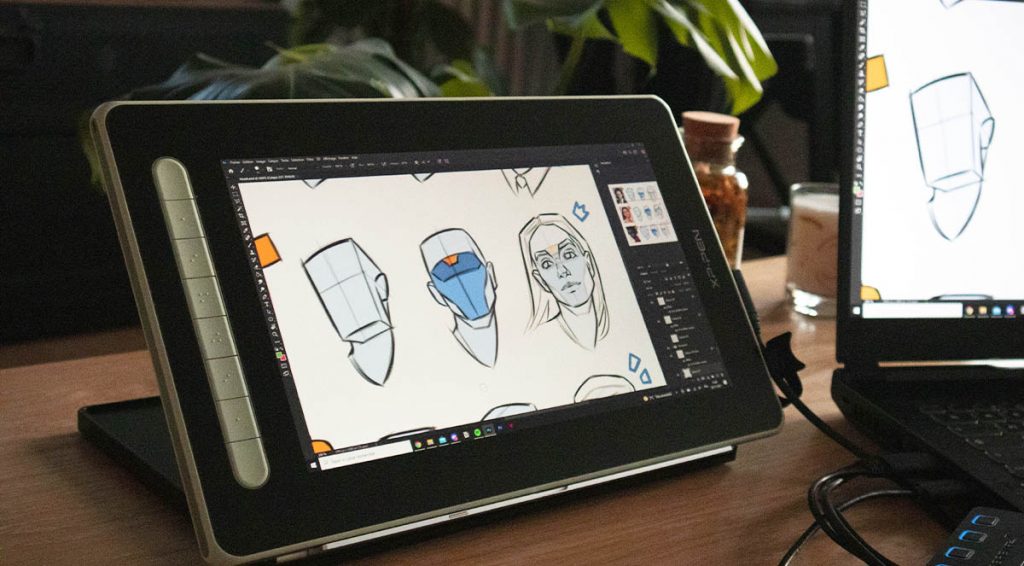
Start by asking yourself these questions and answer them:
Why do you want to learn to draw?
What do you ideally want to be able to draw, and why?
Is it because you want to pursue a career in art? Become an illustrator, concept artist, or tattoo artist?
The idea is to find what you love, the very essence of what drives you to be here, to want to learn to draw. Find your reason.
Just wanting to be better at drawing won’t unfortunately help you progress. It’s like me telling you, ‘I want to be better at music.’ But… with which instrument? And for playing what kind of music? To become a professional or for pleasure?
If you start drawing blindly, just scribbling lines every day without really knowing where you’re going, you’ll likely get discouraged and exhausted. What could happen is that you’ll change methods, but the same pattern will repeat.
Solution: Specialize and set a goal
If you’re not sure what you love or what you want to do in drawing, that’s okay. Try everything and see what you enjoy the most. Is it portraits? Landscapes? Creatures? Just be yourself.
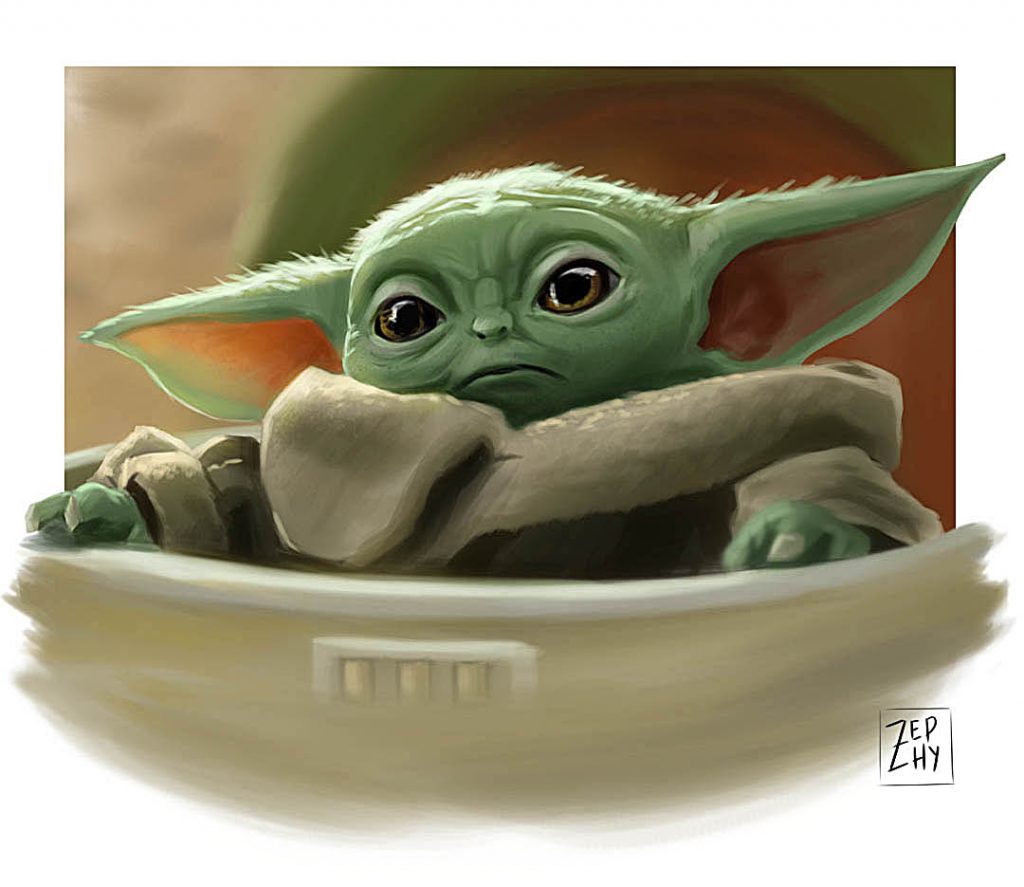
🎨 At the beginning of my drawing journey, I had a particular pleasure in studying film shots to improve my digital painting skills. I didn’t hold back and simply developed my taste and enjoyment of drawing with subjects that interested me.
In such a vast domain as drawing, where it’s difficult to know where to start, our brain can get overwhelmed. We quickly feel like we’re climbing Mount Everest and will never make it.
Without a clear direction to follow, without clear objectives and goals to achieve, we don’t know where we’re heading. It can become stressful. That’s why it’s crucial to start by understanding where we want to go.
By doing so, we won’t have to worry about our motivation anymore. We will know exactly why we draw and what our purpose is.
📌 Quick exercise
Human beings need goals to make progress, even in drawing. If you feel lost, try this exercise.
1
Start by understanding what you enjoy in drawing. Gather dozens of images from artists that you like and find inspiring. See if you notice any common themes among all these images.
2
🔹List the subjects that interest you the most: portraits, landscapes, creatures, characters, settings…
🔹Find the techniques that inspire you the most: watercolor, painting, sketching, digital painting…
🔹Define the atmospheres that attract you the most: science fiction, fantasy, medieval, horror…
3
Now that you have a clearer understanding of what you enjoy in drawing, set yourself a goal to achieve. Make it specific and time-bound to push yourself to improve!
For example: “I want to be able to draw portraits in digital painting within 6 months. This will bring me closer to my dream of becoming an illustrator.
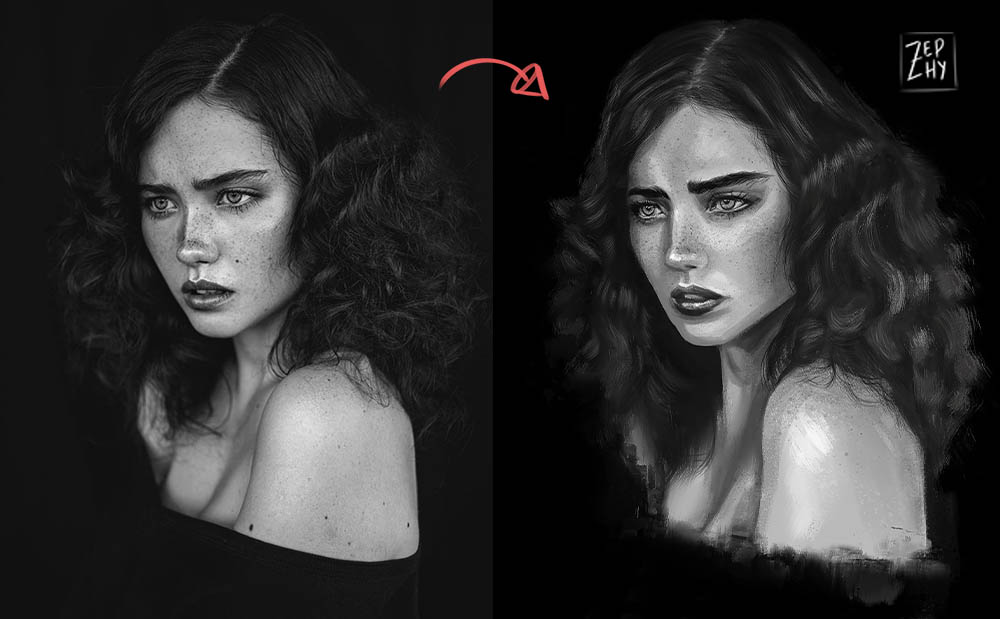
Let’s take a simple example: my goal was to successfully reproduce a portrait in digital painting (as close as possible to the original photo) starting from scratch and practicing at least 20 minutes every day. In a few months, mission accomplished!
With a specific goal in mind, our actions automatically align because we know exactly why we are drawing. Progress is inevitably amplified.
Mistake #2: You are not learning the fundamentals
Starting with the basics is essential. We often underestimate this part, yet it is the most crucial. Driven by the desire to create beautiful drawings, we tend to focus too much on the details and final outcome.
However, if the foundation of our drawing is not solid, adding as many details as possible won’t save it. When the fundamentals are not well-practiced and mastered, it automatically lowers the quality of an illustration.
This is what sets apart the work of a beginner from that of a professional. It’s not so much about creativity or ideas, but about technical skills and experience!
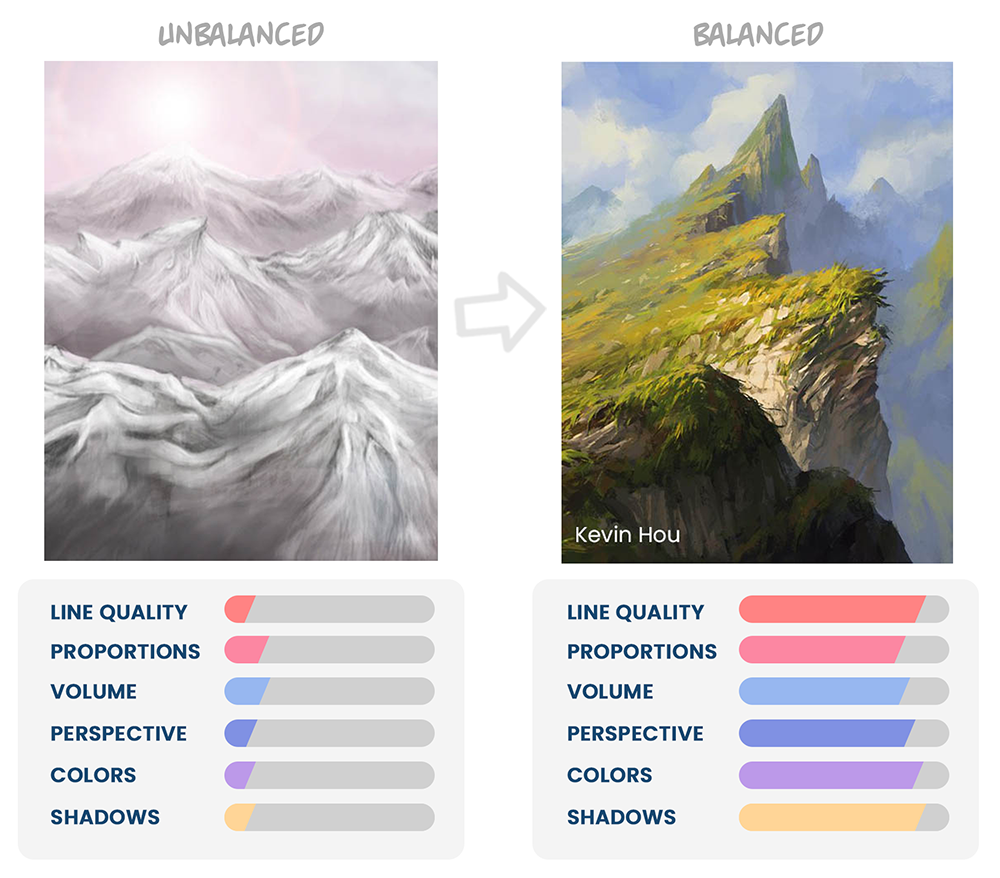
Solution: Study in the Right Way
To stop getting lost in the details and focus on the essentials, it’s time to move from mere copying to in-depth study. This involves understanding how to construct your drawing.
The fundamentals encompass several essential elements: image composition, perspective and volumes, the quality of your strokes, anatomy, light, and colors.
1
To learn to master your foundations, focus on one element at a time. Before starting a drawing, determine which aspect you’d like to improve: composition, lighting, or the quality of your strokes?
2
Choose a reference and get started! Focus solely on the goal you’ve set for yourself. Let’s take composition, for example.
3
Take the time to analyze your reference and see what you can change and improve. How could you train your composition skills to get better?

Mistake #3: You stay in your comfort zone
We often lack confidence when starting out in drawing. Because of this, we often settle for copying drawings without going further. We draw characters in the same pose over and over again, and we are afraid to draw anything other than what we already know.
This comfort zone is the death of your progress. By avoiding drawing things you don’t know how to do, you cannot improve. It even becomes a reflex, avoiding challenges to stay in comfort and avoid making mistakes.
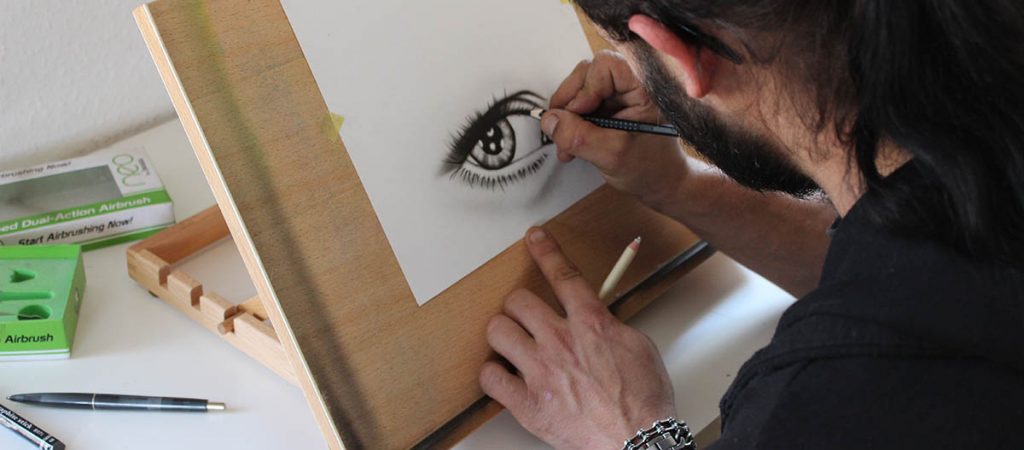
Are you drawing for ease or for pleasure?
🔸 FOR EASE
You draw things that seem simple to you but are only enjoyable if you get a beautiful drawing.
🔸 FOR PLEASURE
Whether you succeed or not, you love drawing, and it motivates you to improve. The result doesn’t matter.
If you draw for pleasure and it pushes you to improve, that’s perfect. Keep going! However, if you feel that you’re creating drawings without truly challenging yourself, it’s time to step out of your comfort zone and draw things that seem difficult to you.
Solution: Set a little challenge for yourself
🎨 At the beginning, I felt incapable of drawing hands. To avoid drawing them, I even made sure they were never visible on my characters.
When I decided to step out of my comfort zone, I challenged myself to draw ten hands per day. After just a few weeks, the progress became noticeable. It wasn’t as difficult as I thought, it simply required regular practice with the right techniques!
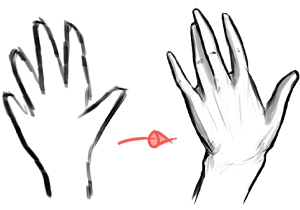
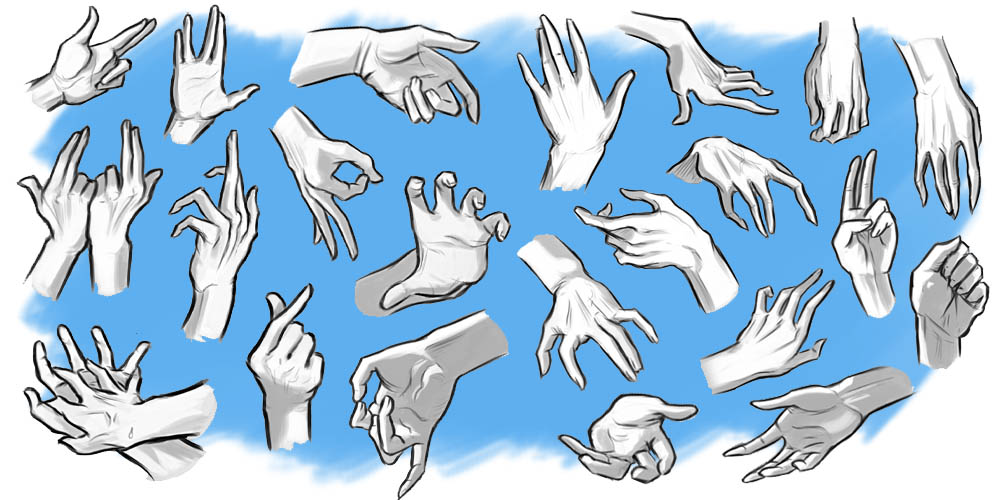
We often hide behind excuses. If we draw a character or a face poorly, we may assume that it’s a style we’re developing, our unique way of drawing.
But let’s be completely honest with ourselves. Not taking the time to learn how to draw is not a style. A style is based on exaggeration or simplification. We learn the rules, and then we play with them.
A style is intentional, while an error is not. Study the fundamentals, spend time developing your mastery of the basics. You will see how much faster you’ll learn.

Mistake #4: You prioritize quality over quantity
In the book ‘Black Box Thinking’, author Matthew Syed tells the story of a pottery teacher who decided to evaluate his class based on two distinct criteria: quantity and quality.
He divided his class into two groups:
- Group A was judged on the quantity of pottery produced.
- Group B was judged on the quality of a single artwork.
Guess which group produced the best quality work? Surprisingly, it was Group A, which created the finest pottery!
The teacher explains this phenomenon easily. While Group A was actively producing and learning from their mistakes, Group B was busy contemplating how to achieve perfection without taking action.
The key takeaway that can also be applied to drawing is that by producing and making mistakes, we have the opportunity to learn from those errors, start over, and progress. This is how we can overcome perfectionism and enhance the quality of our work.
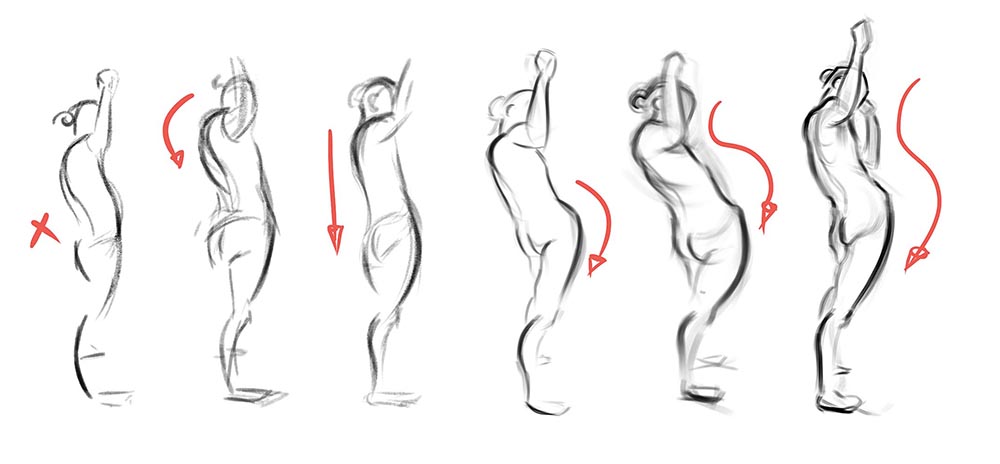
Solution: Drawing more iterations
By creating multiple sketches of the same drawing, we not only optimize the quality of our artwork but also learn to let go.
We will focus on quantity to progress in drawing. Because, in the end, it is truly practice that develops our skills. The more we draw, the more we improve!
Mistake #5: You compare yourself to other artists
As beginners in drawing, we often feel like we are never good enough, and we doubt our abilities. The problem is that we get caught in a destructive loop where we compare ourselves to other artists and feel more and more inadequate.
By doubting our own abilities, we eventually become discouraged and inevitably hinder our progress.

Instead of comparing yourself to accomplished artists, compare yourself to your past self. Compare your drawings today to those from last month. You might not have reached your goals yet, but you are closer to them today than you were yesterday!
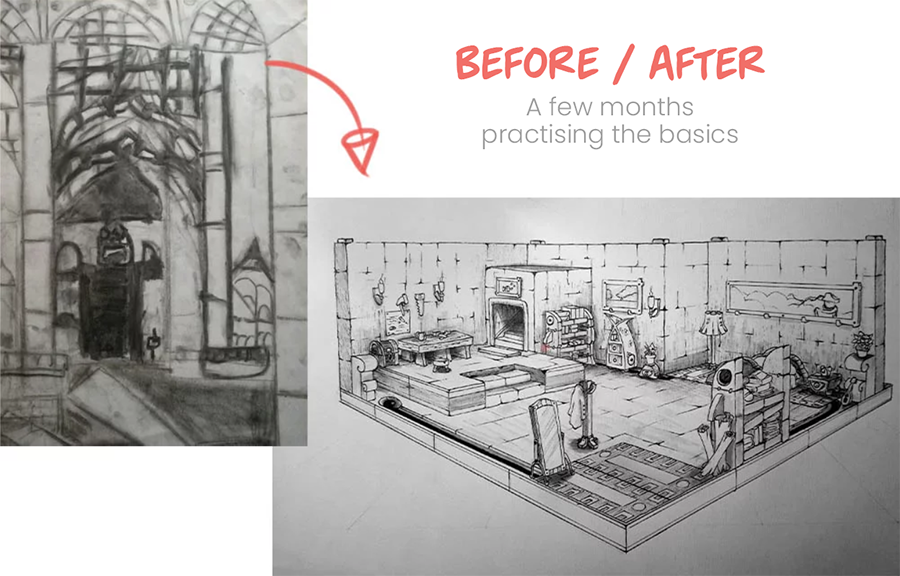
Solution: Celebrate Your Own Victories
Remember that it’s neither a race nor a competition. You can only progress at your own pace. Comparing yourself to the progress of others is counterproductive.
Some artists took years to reach their level. Others worked 15 hours a day to become professionals in one year. Each journey is different.
It’s incredibly important that you celebrate every small progress and every little victory. Don’t worry about the appearance of your drawings: you are learning and improving. The only thing that matters is your progress, whether it’s fast or not.
Drawing is just a skill like any other. Everyone can learn to master it. Your perseverance is what will make the difference and allow you to achieve your goal!
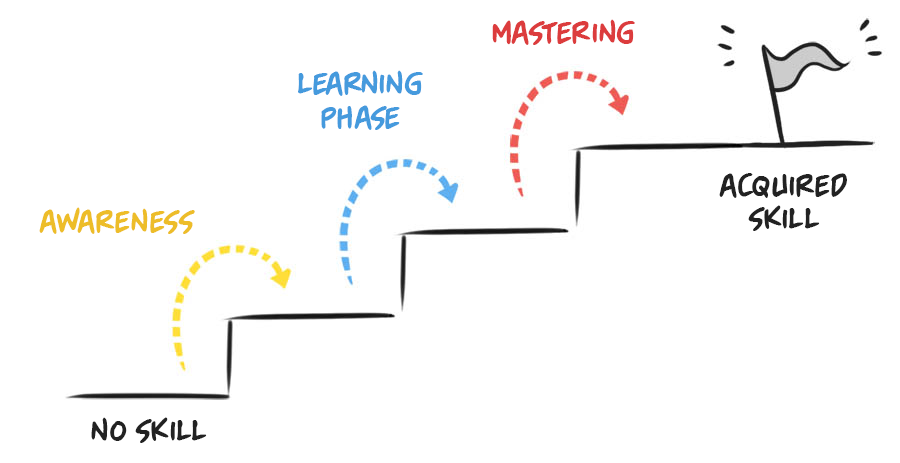
To summarize
It’s challenging to overcome certain limiting beliefs or transform our mindset to avoid repeating mistakes.
The mental aspect is often overlooked, as if it had no influence on our progress. Yet, it’s often the factor that is underdeveloped in beginners and can lead to failure.
- Mistake #1: You haven’t defined your reason for drawing
- Mistake #2: You are not learning the fundamentals
- Mistake #3: You stay in your comfort zone
- Mistake #4: You prioritize quality over quantity
- Mistake #5: You compare yourself to other artists
Start by correcting each of these errors by taking the time to reevaluate your way of thinking and learning. The combination of knowledge and mindset is what will truly help you progress in drawing. ✍️
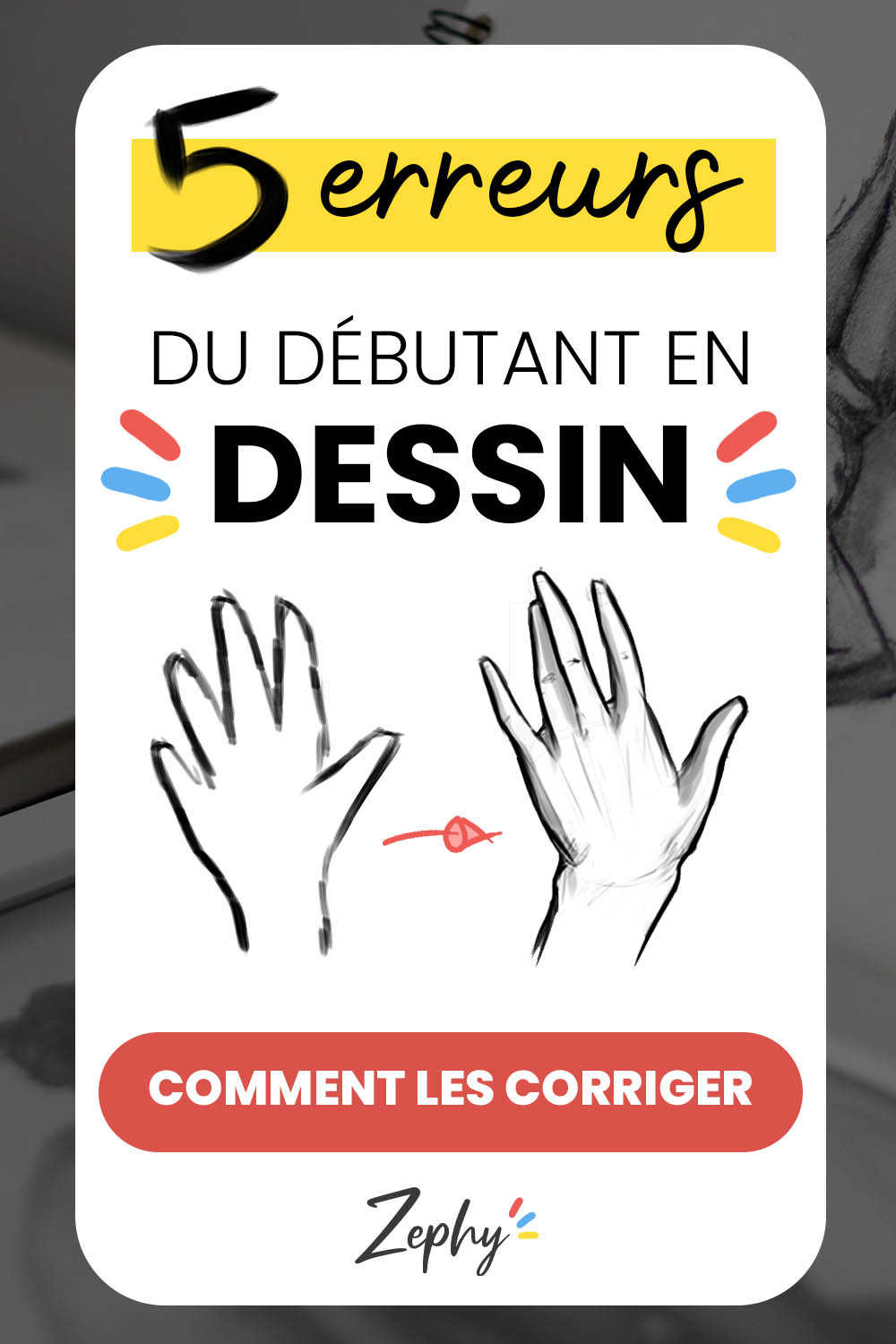

Save the article for future reference!
By hovering over the image, you can directly save the article to your Pinterest account. This also allows us to share the article with a wider audience of aspiring artists!

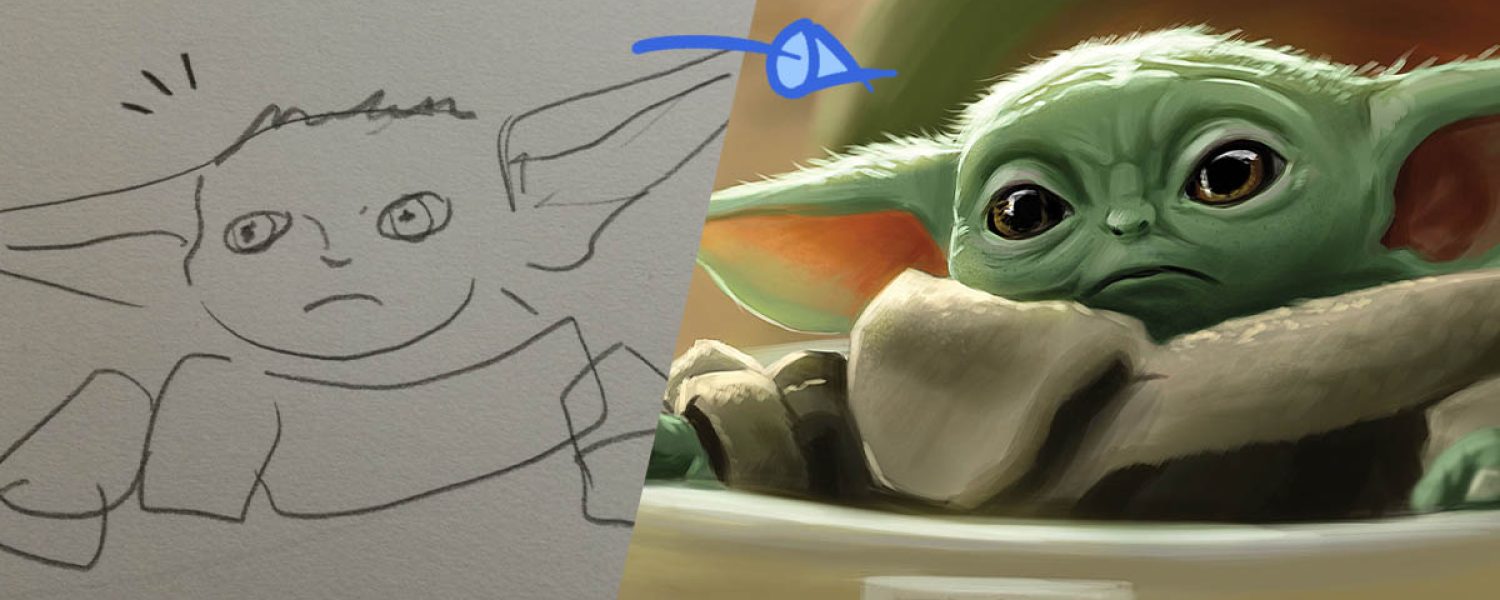

9 comments
great motivational articles
Happy that it can provide a little motivation ☺️
Very enriching and interesting, I could relate to many of the points
Thank you so much, Olric. I’m really glad it can shed some light on issues that are sometimes not easy to solve. ✨
Thank you so much for your articles.
What a pleasure to read them, looking forward to the next ones!!
It feels so good to feel capable.
And most importantly, it fills a gauge you don’t mention MOTIVATION!! ^^
With great pleasure! I’m thrilled that it can give you the confidence and motivation to move forward. Happy drawing to you ✨
Could you give me lessons?! Seriously though, thank you so much for this article, it really boosted me. I’m only 12 years old, and I would love to improve even though I’ve never taken any lessons.
Goodbye!
Wow, I loved it so much that I want to download the article😍😍😍
Truly BRAVO